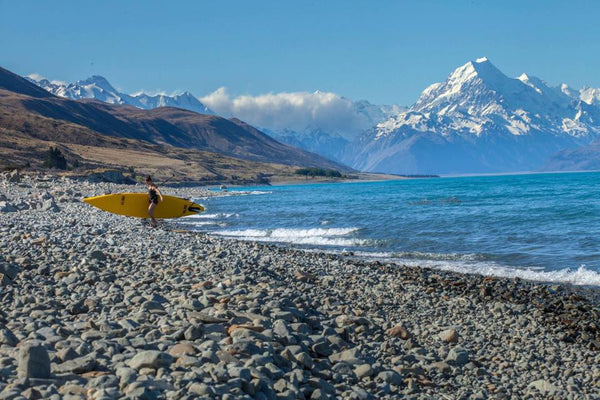
What Makes Your Local Paddle Boarding Scene Unique?
Exploring the world of stand up paddle boarding (SUP) in your local area offers a unique blend of adventure, community, and connection with nature. Each location boasts its distinct characteristics, from the serene lakes nestled in the countryside to the expansive coastlines that stretch along the ocean. The diversity of water bodies ensures that whether you're in for a calm, meditative paddle or seeking the thrill of navigating through waves, there's something special about paddle boarding in your own backyard.
Scenic Diversity:
From tranquil rivers winding through forests to bustling urban waterways framed by cityscapes, the variety of paddling environments enriches your SUP experience.
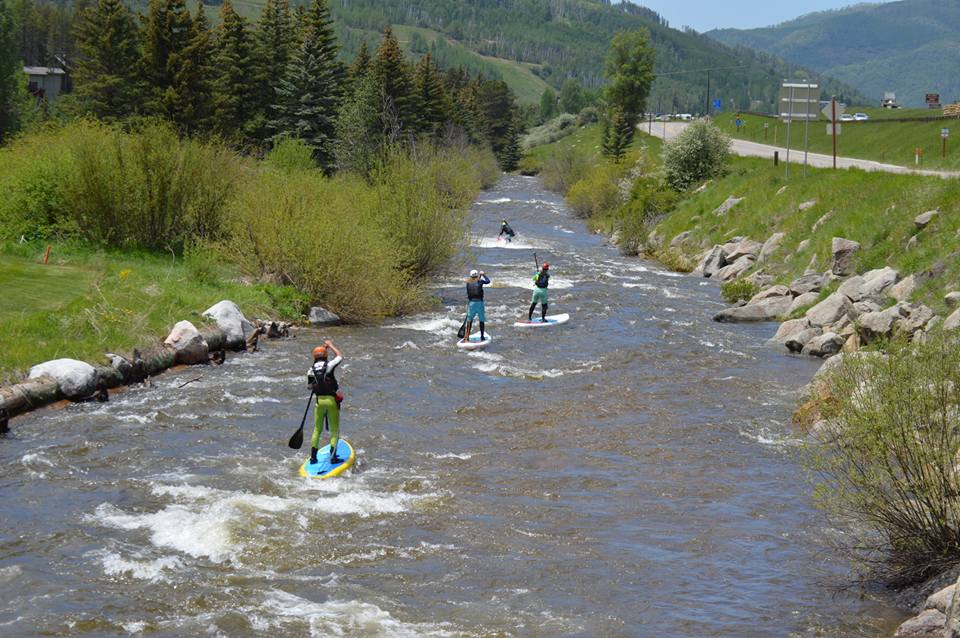
Community Spirit:
A vibrant and welcoming paddle boarding community can transform your paddling adventures, offering support, shared knowledge, and camaraderie.
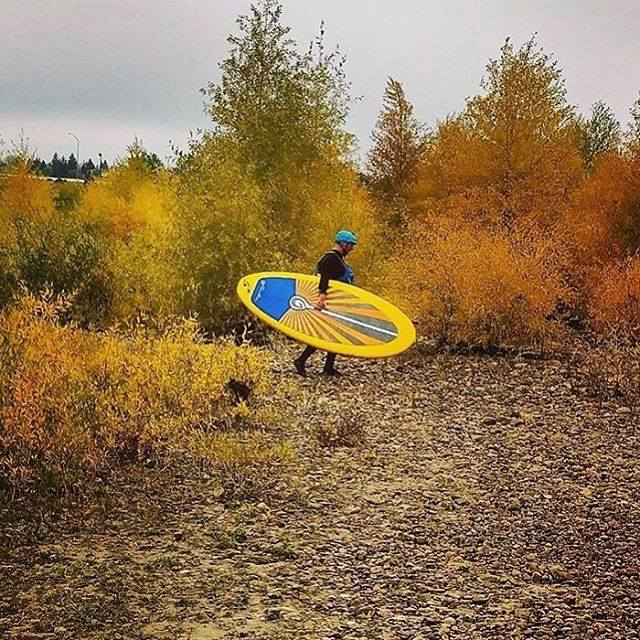
Access to Local Events and Competitions:
Participating in local paddle boarding events, races, and clean-up initiatives is not only fun but also fosters a sense of belonging and contributes to environmental stewardship.
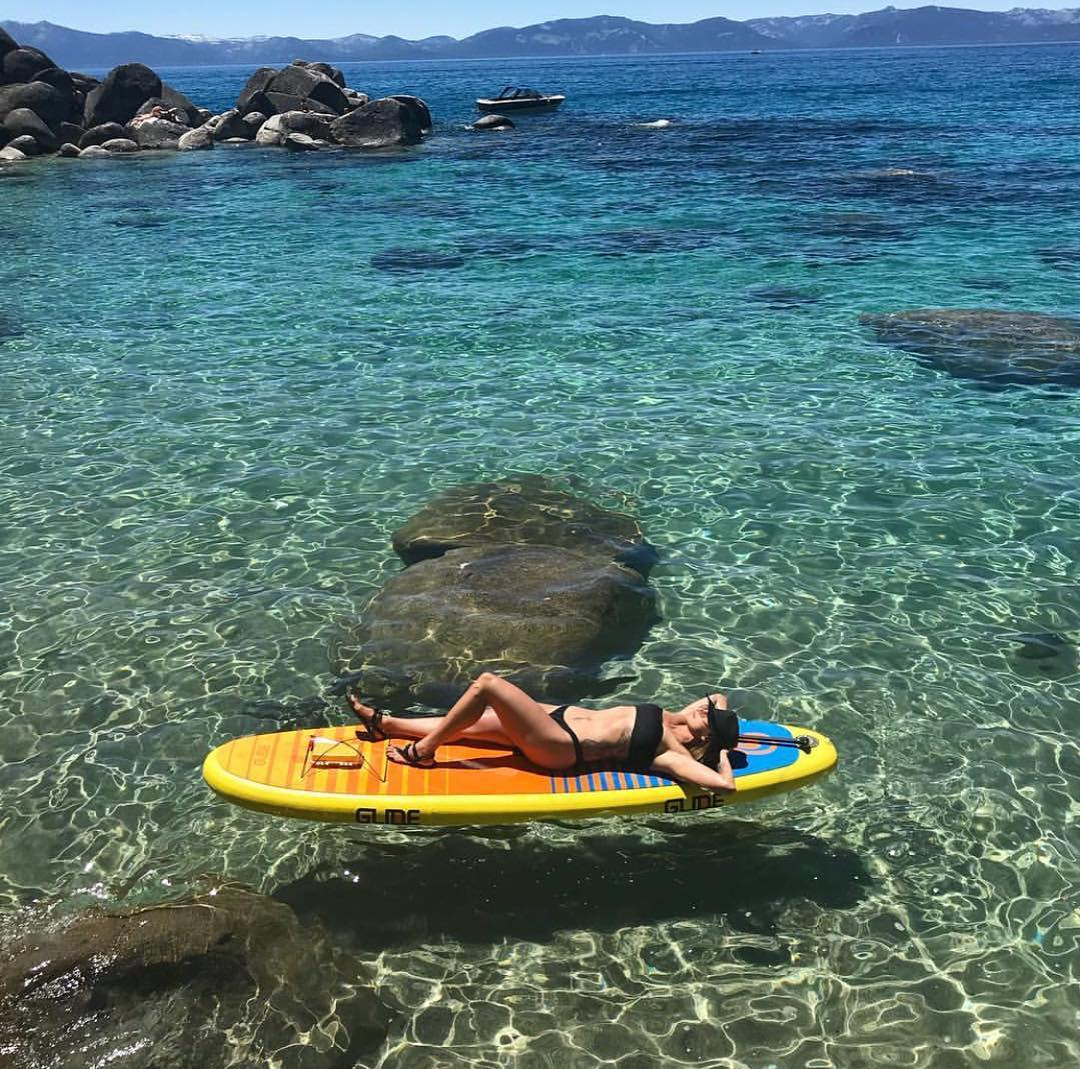
Wildlife Encounters:
Paddling in different locales provides unique opportunities to observe wildlife in their natural habitats, from coastal birds to freshwater fish.
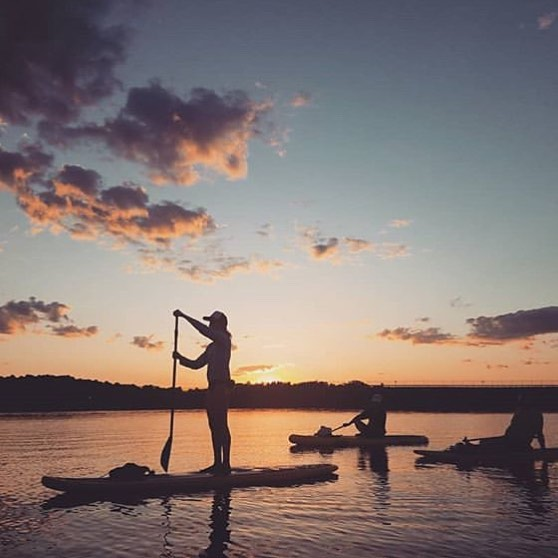
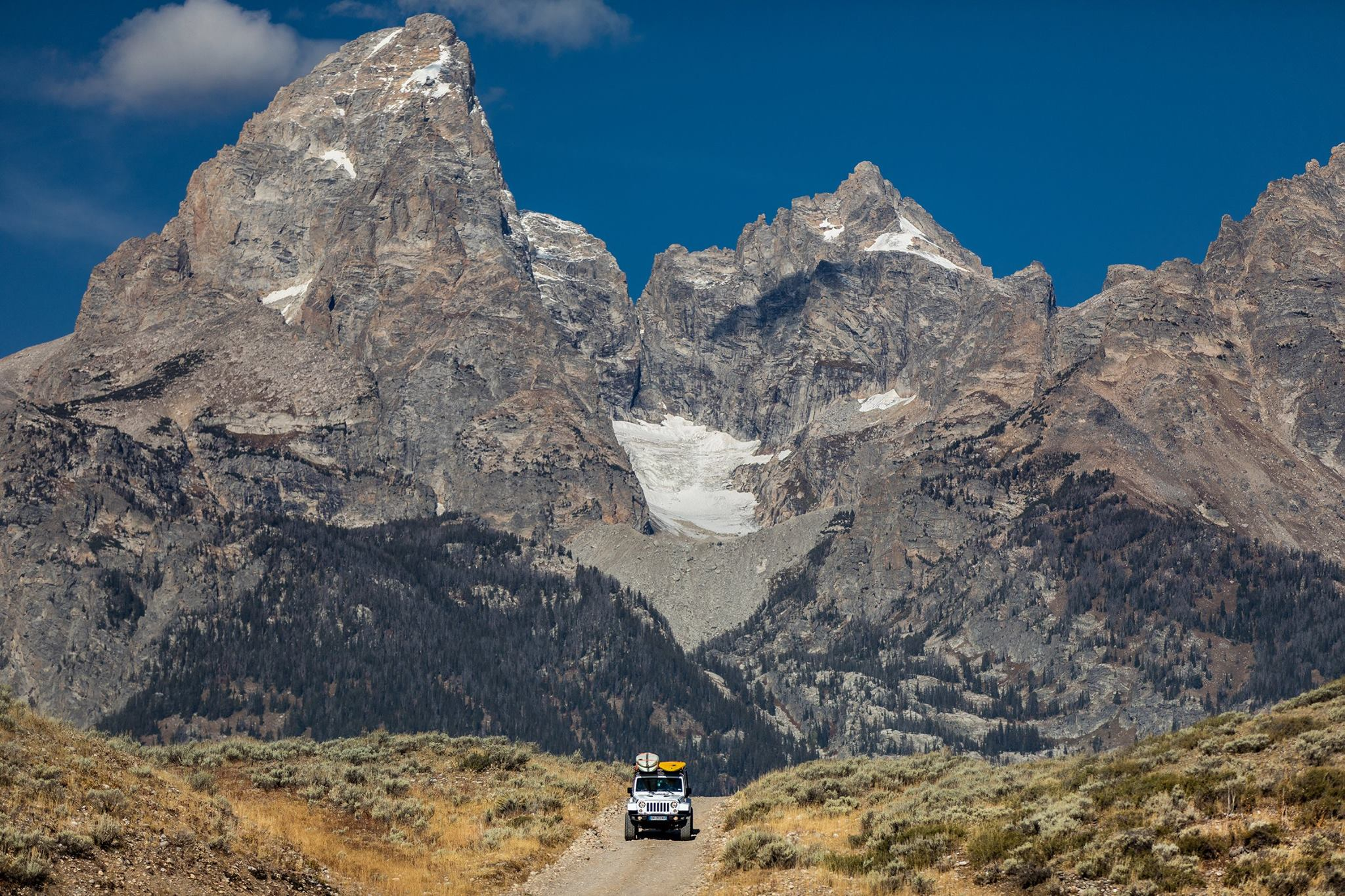
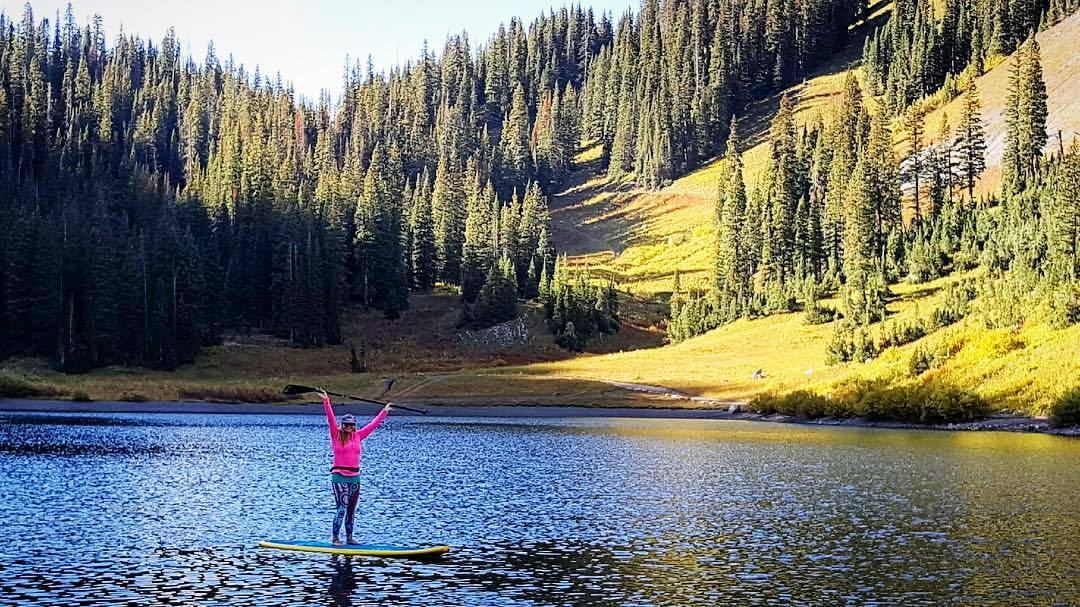 Adopting Responsible Paddling Practices
Adopting Responsible Paddling Practices
Embracing responsible paddling ensures the preservation of our waterways for future generations:
- Local Regulations Compliance: Being aware of and adhering to local access laws and wildlife protections safeguards both the environment and your paddling freedom.
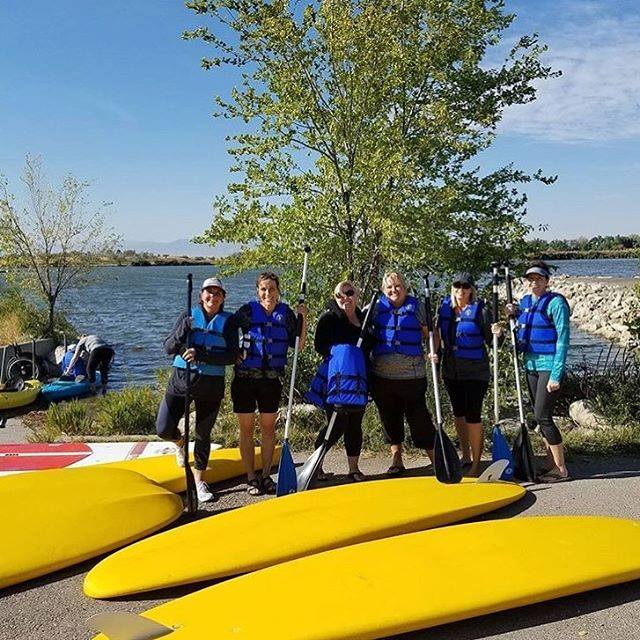
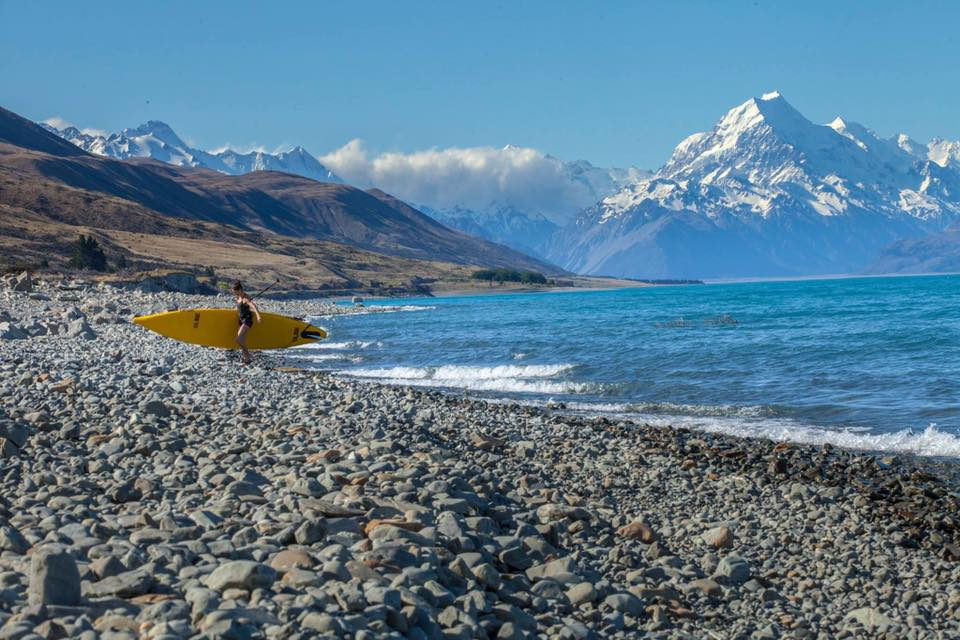
- Weather and Condition Awareness: Knowledge of local climate and water behaviors is crucial for a safe and enjoyable paddling experience.
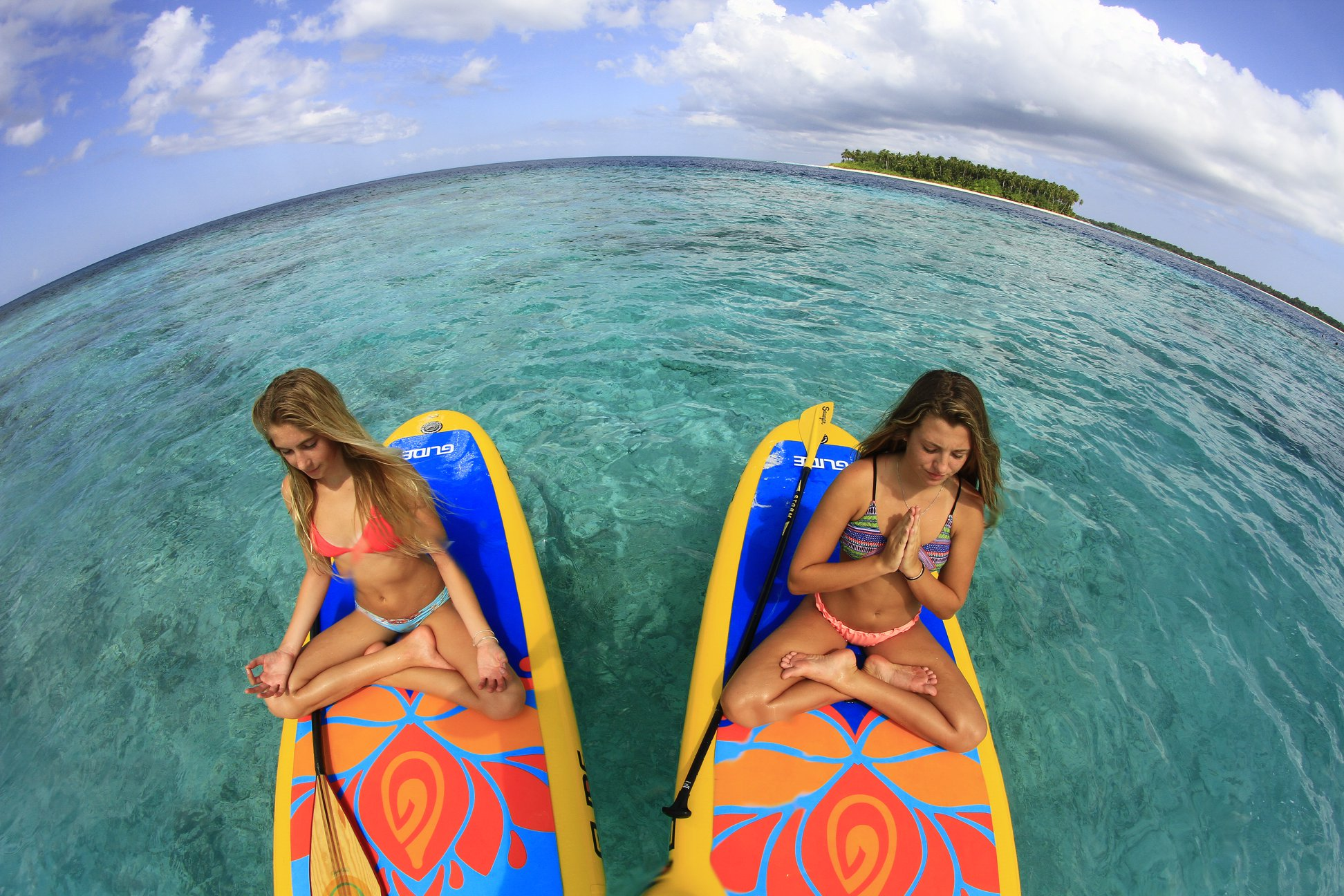
As you embark on this transformative journey of stand up paddle boarding, let the unique essence of your local environment and the welcoming arms of the paddle boarding community guide your exploration. Glide, with its commitment to quality, sustainability, and the paddle boarding spirit, stands as a beacon for enthusiasts at every level. In the concluding phases of your SUP adventure, consider Glide not just as a provider of top-tier paddle boards and gear but as a partner in your quest for unforgettable waterborne experiences. Their dedication to the sport and the environment mirrors the journey you're about to undertake—a journey marked by discovery, community, and a profound connection with nature. Embrace the Glide experience as you dive into the vast, vibrant world of stand up paddle boarding in your area.


